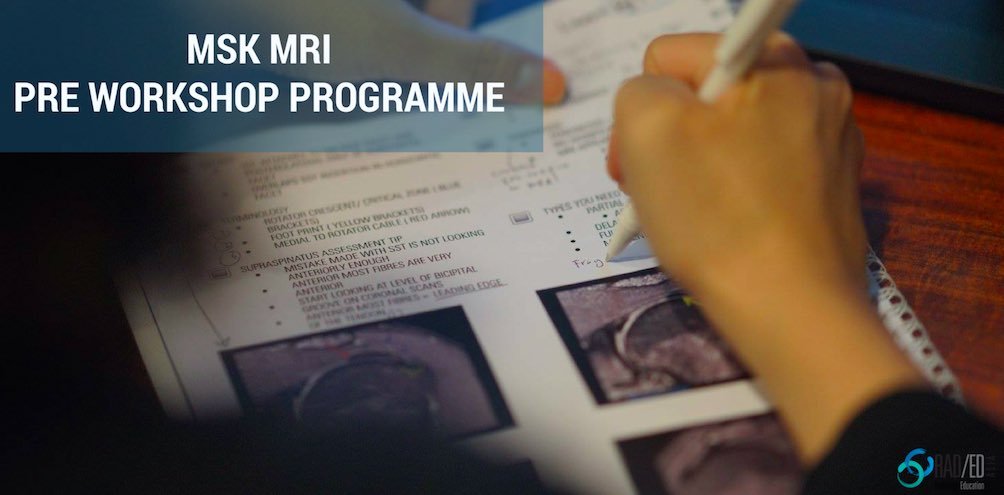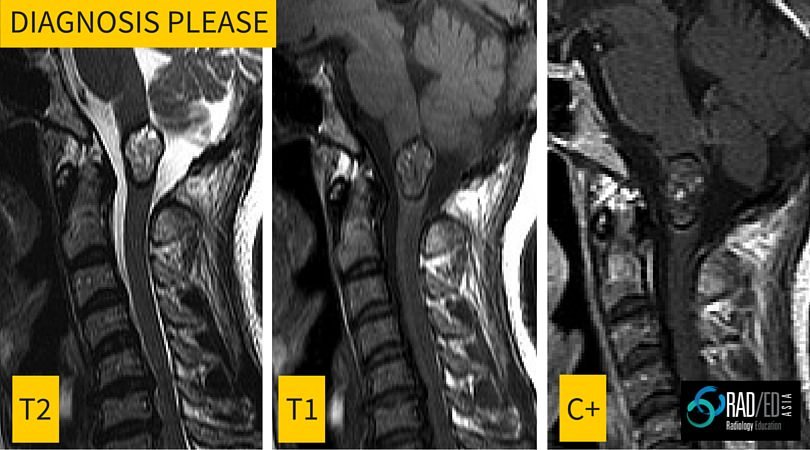SYNOVITIS MRI FINDINGS KNEE WHAT DOES IT LOOK LIKE
SYNOVITIS MRI FINDINGS SYNOVITIS MRI FINDINGS: WHAT DOES IT LOOK LIKE Synovitis on MRI, like the many faced god in Game of Thrones, can have many appearances. However, like we saw in the article Tendinosis: Same Same But Different once you recognizes the different appearances, it’s the same pattern for each joint. Synovitis is …
SYNOVITIS MRI FINDINGS KNEE WHAT DOES IT LOOK LIKE Read More »






